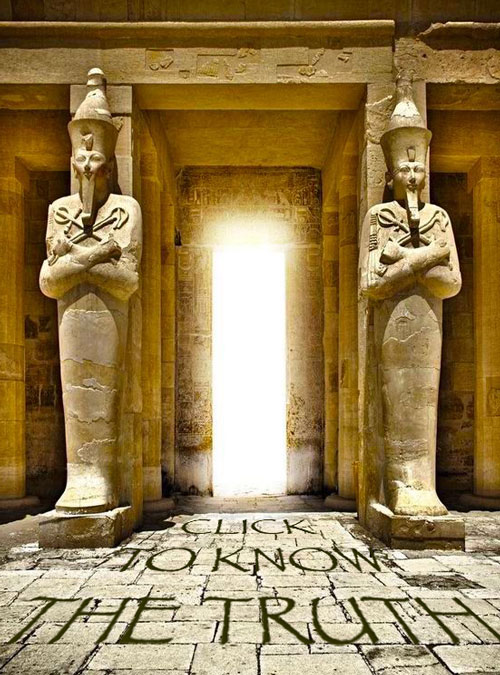The Rosy Cross
The pyramids have long mystified curious travellers:

They are positioned west of Cairo and aligned with true north. Despite their antiquity, there is not a single hieroglyph on any of the structures—implying that they were built at the birth of Egypt. Geometrically, they were arranged as a perspective projection.
It’s worth remembering that the stereographic projection is smooth and bijective. It is also conformal, meaning that it preserves the angles at which curves meet. However, it is neither isometric nor area-preserving—it corrupts the distances and areas of figures. Below is the orbital period ratios of the inner planets (x-axis) versus their angular frequency ratios (y-axis).

If the “crystal mountains” above reflect the planets of Mercury, Venus and Earth, it means that the stereographic projection refers to their more subtle attributes. What are these? Well, the inner planets have orbital periods that are in golden mean proportion to each other. In tabular form it looks like this:

Reflecting on the y-axis above, Mercury’s short period (88 days) gives it the highest angular frequency (4.15 per Earth year), making its y-value the largest when normalised (1.0). Earth and Venus appear at 0.24 and 0.38 respectively.
The resulting diagram looks like a sun cross. The design is believed to be one of the oldest religious symbol in the world. To the Egyptians, it denoted the chariot wheel used by the Sun god, Ra. Like the swastika, the wheel symbolises auspiciousness—good fortune, prosperity and well-being. This is the eighth chakra.

If we accept that the sun cross implies the iron cross, then the element we wish to investigate is naturally Fe. Iron has the atomic number 26. It is a metal that belongs to the first transition series and group 8 of the periodic table. Iron is, by mass, the most common element on Earth, forming much of Earth’s outer and inner core.

Austenite, also known as FCC gamma-phase iron (γ-Fe), is a metallic, non-magnetic allotrope of iron or a solid solution of iron with an alloying element. In plain-carbon steel, austenite exists above the critical eutectoid temperature of 727 °C; other alloys of steel have different eutectoid temperatures. The stereographic projection of the alpha iron (α) appears below and we can place the apexes of the three pyramids upon it:

Above: iron is the base metal that turns into gold
At centre is a tiny octagram, representing the Soul Star. It is the seat of divine love, spiritual compassion and perfect selflessness. The eighth chakra is the doorway between our immortal soul and the universe. This white chakra clears the pathway to TRANSCENDENCE.
Mt Kailash in Tibet represents this axis mundi and is aligned with the cardinal points. The pyramid shape of this mountain was copied at Giza because they are on the same grid. Black granite on Mt Kailash was also borrowed when the Egyptians came to make their own pyramidions.

Above: the word Kailash comes from kelāsa meaning “crystal”
So the soul is not just tuned—it is liberated by using the Philosopher’s Stone. It is sound and light that activates these crystal mounts, pushing the soul toward a temporary “white” state or moksha. Giza’s white limestone pyramids, built with black granite on their upper stages, were designed for this—pharaohs sought eternal life not through mummification, but via the soul’s transcendence.
At Giza, the aquifer acts as a resonant battery—storing and distributing the vibrational pattern so the magus can: enter the state more gradually (easier threshold crossing), sustain it longer (deeper integration), re-access it reliably (the field pattern persists between sessions). Water transforms the pyramid from a momentary spark of conjugation into a sustained flame of alchemical union.
The aquifer provides the sustained field. The coffer provides the focal point. The magus becomes the transducer. This requires no pumps, no complex hydraulics—just carried water, a precisely tuned stone vessel and a magus willing to dissolve into resonance.
